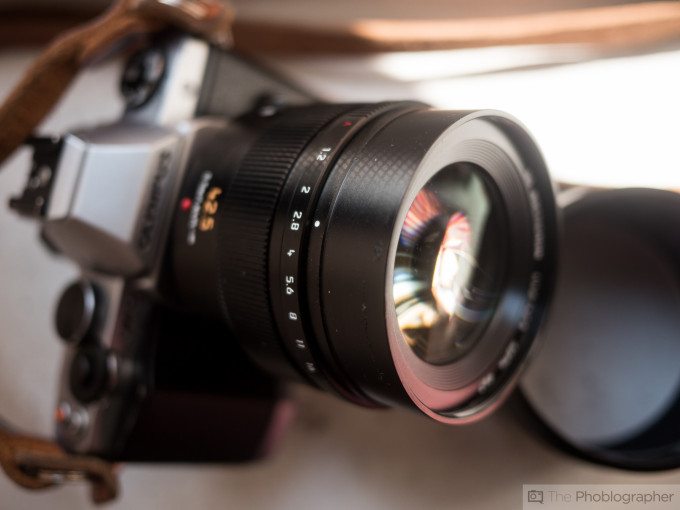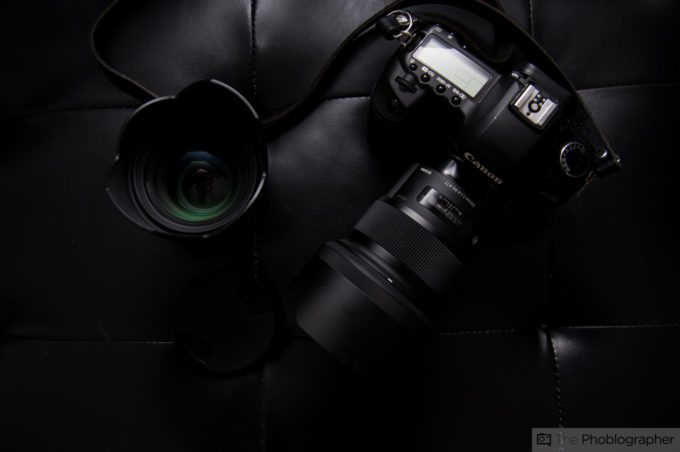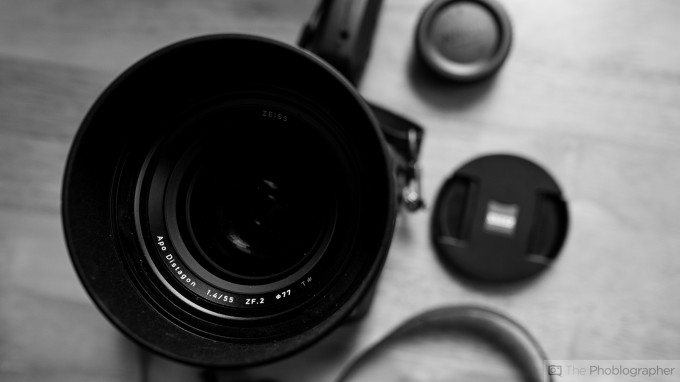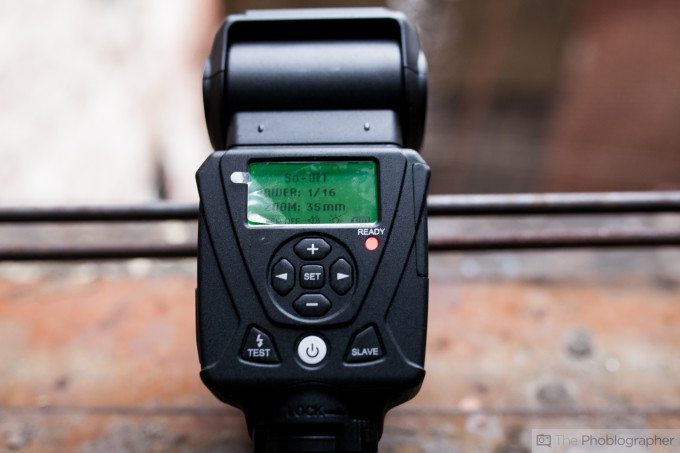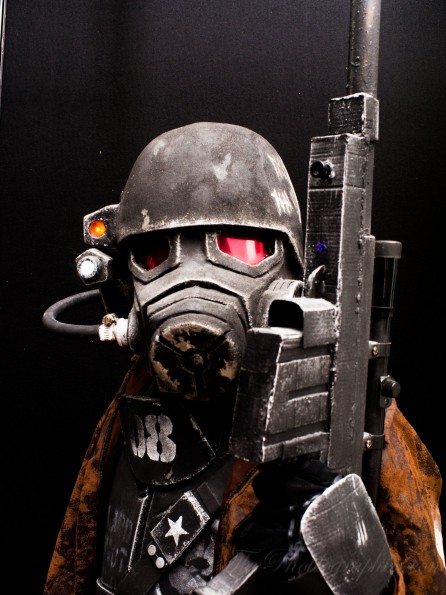Last Updated on 09/09/2014 by Julius Motal
When it comes to choosing an interchangeable lens camera and a system, consider the fact that you’re not really just buying a camera per se. Indeed, what you’re actually doing is buying into a membership club of some sort. And with that club you get the ability to do certain things. The camera will give you some features and the basic ability to take images to begin with. But then you’ll need to pair it with things that will help you to get the images you want. With that said, it’s about the lenses. And to get even better images, you’ll need lighting. Now consider this: your newer lenses will always make an older sensor look better, but a new sensor may not necessarily make older lenses deliver an image that looks better. Additionally, older lenses may not make the output from a new sensor look better.
But one thing is guaranteed: no matter how old the sensor and lens are, adding artificial lighting to your scene will make the output sharper and perhaps even look better when used correctly.
Your Camera
Fact: despite the fact that my everyday camera is now a Sony A7, the main camera that I bring to paid shoots and for personal growth work is my Canon 5D Mk II that I purchased years ago with the money that my father gave me to help me start this business. And after many years of use, it is still the one I turn to for much of my work. Over the years I chose not to upgrade it because the later cameras didn’t offer the feature set that I needed and wanted. And so for just taking photos, the 5D Mk II is still just a fine camera with great RAW versatility. But to upgrade the system I did a number of things: for starters, I traded in all my Canon L glass for Sigma lenses–which are far better than what Canon has offered in the primes for a while. Then I was given the Phottix Odin and Mitros+ flashes by Phottix. These flashes worked with the Odin radio system.
And with these little additions, the output and image quality of a five year old camera have improved greatly.
Your Lenses
When it comes to making the output of your sensor look better, consider the following:
– A new sensor (like that in the D810, D800, and D800E) may be able to make newer lenses look better due to their newer designs and ability to resolve more details.
– An older lens may not be able to take the full advantage of a new sensor and what it can do.
– A new lens can make an older sensor absolutely sing with detail and also deliver better bokeh.
So if your current camera gives you loads of features that you need and its successor doesn’t really add enough value to your life, consider improving the output of the camera via lenses. Additionally, lenses typically have a shelf life of around 10 years–though now it seems more like five years due to rapid changes in sensor technology. Still, this is longer than the life span of the average camera and can be a much more worthy investment.
Your Lighting
Over the years as a photographer, you’ll begin to realize that you’ll need to get newer lighting in order to resolve more details and to achieve your creative vision overall. Creating your own light in a scene means that you never have to be at the mercy of the sun. But you don’t need the most complicated of lighting–it can be a TTL setup, a manual strobe, or anything else that works for you and helps you to get a better image while completing your creative vision.
I used to be a guy that brought around a monolight strobe and a light modifier everywhere. Indeed, the Paul C Buff Einstein E640 was and still is an excellent light. However, their Vagabond Mini battery system broke down twice on me and is also a bit cumbersome. Indeed, it’s also overkill for some of my work.
Because of this, I’ve become content with multiple small flashes in just the right places. They’re much more portable and can give just enough kick when I need it. If I ever need way more light, the Einstein will come out.
What has made me even more obsessive than using the right lights though is getting the right modifiers. Parabolic umbrellas can do a lot of the work that I want as can octabanks. Again, new lighting can make the output from an older sensor look better by bringing out specular highlights that you wouldn’t see otherwise. It can also just give you the ability to do more with your scenes.
How They Work Together
These three things are the main components of what you’ll need to create an image:
– Your camera sensor is the canvas
– Your lens is the paintbrush
– The lighting is the paint
But without a canvas, art can still be created. And mounting a brand new lens on your old camera will not only help you get more use out of it for a longer time to come but you’ll also get to do what matters the most: create new images and go beyond what you were originally capable of.
Even with a new camera, you can be extremely limited in what you can create without the right additions.


